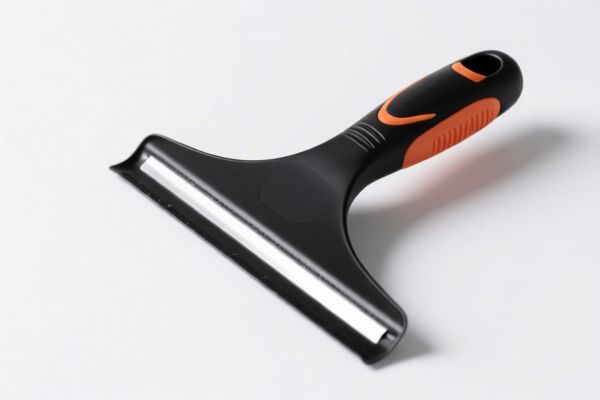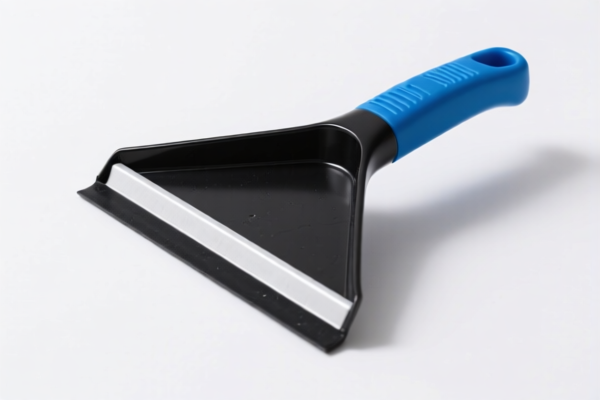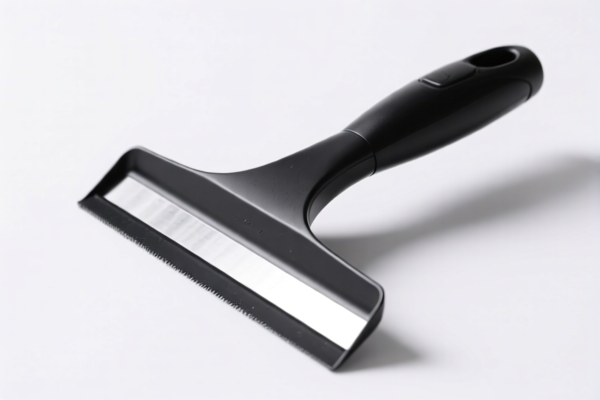| HS Code | Official Doc | Tariff Rate | Origin | Destination | Effective Date |
|---|---|---|---|---|---|
| 8479899599 | Doc | 57.5% | CN | US | 2025-05-12 |
| 8479899599 | Doc | 57.5% | CN | US | 2025-05-12 |
| 8424899000 | Doc | 56.8% | CN | US | 2025-05-12 |
| 8424891000 | Doc | 55.0% | CN | US | 2025-05-12 |
| 3924104000 | Doc | 33.4% | CN | US | 2025-05-12 |
| 3924905650 | Doc | 40.9% | CN | US | 2025-05-12 |
| 3926902100 | Doc | 41.7% | CN | US | 2025-05-12 |




Ice Shaver
An ice shaver (also commonly known as an ice crusher, snow cone machine, or shaved ice machine) is a kitchen appliance used to create finely shaved ice from larger blocks or cubes of ice. The resulting ice is commonly used in desserts and beverages.
Materials
Ice shavers are constructed from a variety of materials, impacting their price point and durability. Common materials include:
- Stainless Steel: Provides durability, resistance to rust and corrosion, and is often used for blades and hoppers. Higher-end models frequently utilize stainless steel extensively.
- Plastic: Commonly used for the housing, handles, and some internal components, particularly in more affordable units. The type of plastic used affects its resistance to cracking and UV degradation.
- Aluminum: Can be found in some components, offering a lightweight alternative to stainless steel.
- ABS Plastic: A common thermoplastic used for durable, impact-resistant housings.
Purpose & Function
The primary purpose of an ice shaver is to transform ice into a fluffy, easily consumable texture. The function relies on a blade or cutting mechanism that shaves ice as it is forced through it. Different designs achieve this in varying ways:
- Manual Ice Shavers: Require the user to physically turn a handle to rotate the blades and shave the ice.
- Electric Ice Shavers: Utilize an electric motor to power the blades, automating the shaving process. These typically have higher ice-shaving capacities.
Usage Scenarios
Ice shavers are used in a broad range of settings:
- Home Use: For creating snow cones, slushies, and other frozen treats at home.
- Commercial Use: Restaurants, cafes, bars, and concession stands use ice shavers for high-volume production.
- Events & Parties: Popular for providing refreshing treats at outdoor events, festivals, and parties.
Common Types
Several types of ice shavers cater to different needs and budgets:
- Hand-Crank Ice Shavers: Affordable and portable, suitable for small-scale use. Require physical effort.
- Countertop Electric Ice Shavers: Designed for higher volume production, commonly found in commercial settings. Often feature automatic shut-off features.
- Heavy-Duty Commercial Ice Shavers: Robust machines capable of continuous operation and producing large quantities of shaved ice.
- Japanese-Style Ice Shavers (Kakigori Machines): Produce a very fine, fluffy texture ideal for traditional Japanese shaved ice desserts. Often more expensive and specialized.
- Snow Cone Machines: Generally refer to electric models that produce a coarser, more granular ice texture suitable for snow cones.
Based on the provided information, “ice shaver” can be classified under the following HS codes:
-
8479.89.95.99: This HS code falls under Chapter 84, which covers “Machines and mechanical appliances having individual functions, not specified or included elsewhere in this chapter; parts thereof.” Specifically, it covers “Other machines and mechanical appliances: Other: Other Other”. This suggests the ice shaver is categorized as a machine with a specific function not detailed elsewhere, likely falling into the ‘other’ category. The applicable tax rate details are: a base tariff of 2.5%, no additional tariff, and a 30% additional tariff on steel and aluminum products after April 2, 2025, resulting in a total tariff of 57.5%.
-
3926.90.21.00: This HS code is under Chapter 39, covering “Other articles of plastics and articles of other materials of headings 3901 to 3914”. It specifically refers to “Other: Ice bags; douche bags, enema bags, hot water bottles, and fittings therefor; invalid and similar nursing cushions; dress shields; pessaries; prophylactics; bulbs for syringes; syringes (other than hypodermic syringes) and fittings therefor, not in part of glass or metal”. If the ice shaver is constructed from plastic and falls within the scope of these articles, this HS code may be applicable. The tax rate details are: a base tariff of 4.2%, an additional tariff of 7.5%, and a 30% additional tariff after April 2, 2025, resulting in a total tariff of 41.7%.
According to the provided reference material, the HS code options related to 'ice shaver' are limited, with only the following 2 found.
Customer Reviews
No reviews yet.